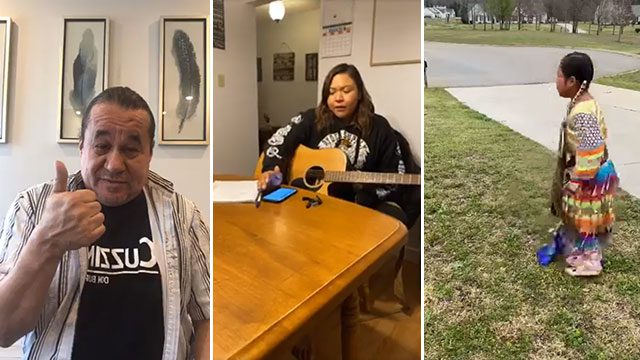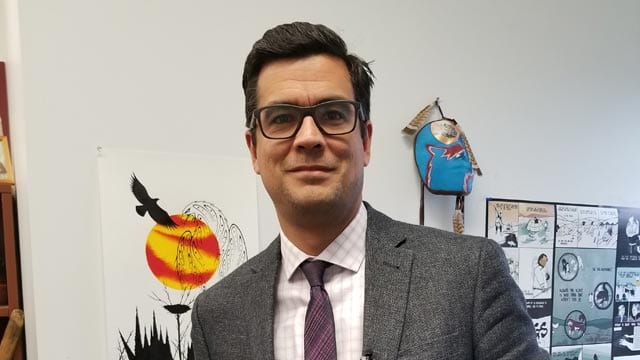

Cree comedian Don Burnstick’s latest show started like any other.
“Good evening, welcome to Don Burnstick live,” a mystery voice began.
After a pause it added, “…on Facebook.”
Burnstick is one of many artists using social media to help combat uncertainty during the COVID-19 pandemic.
Since cases of the virus were first reported in Canada, federal, provincial and territorial governments have been stressing the importance of social distancing resulting in the cancellation of events, the cut back of services and border closures.
Burnstick recently performed and posted a 30-minute routine from his home in Edmonton on Mar. 18.
The video has been viewed 92,000 times with more than 5,300 comments expressing gratitude for the brief reprieve from the constant barrage of COVID-19 related news.
“Our people believe that laughter is good medicine. Our Elders have always said that regardless of what we’ve gone through we’ve never lost our laughter,” said Burnstick, at the beginning of the video.
At the end, he made four recommendations for people to get through “this time of fear.” They were: pray, be kind, share the fear and always laugh.
“I thought it would be a nice move to calm people down, distract them and try to give some comfort,” Young told APTN News.
Young, from Bigstone Cree Nation who lives in Edmonton, posted two separate livestreams Wednesday evening. In total, the videos garnered nearly 45,000 views, more than 130 shares and more than 350 comments from people across Canada and the United States.
“Some people were trying to deal with their addictions and I keep thinking about how they must be feeling not being able to get any support,” said Young.
One viewer from British Columbia said she was listening to the performance while at the hospital caring for her nine-month-old daughter (due to a medical matter unrelated to COVID-19). “Thank you for the healing and good medicine to the heart,” she posted.
Said Young: “Music was always healing for me and that’s what I tell people all the time; music is healing.”
That same message of healing was heard the same day when jingle dress dancers from across Canada and the U.S. posted videos of dancers young and old performing the dance known for its healing powers.
One of those being a young girl from the Navajo and Hopi tribes named Skye.
Her mother wrote in a Facebook post, “[Skye] asked why they were dancing. I explained that our Native people have asked for them to dance and help heal and pray for everyone during this time. She said, ‘Mom, I want to do it too.’”
The Swampy Cree author did a live reading of his award-winning children’s book When We Were Alone on Twitter on March 18.
“It’s hard to be isolated at home. Kids who aren’t at school, or kids in small classes, need to have access to engaging activities. Parents and teachers need support,” said Robertson.
The 21-minute video attracted 5,500 views and more than 100 retweets.
Robertson says part of the decision to do the live reading was his own need for interaction.
“I really think it’s all about creating a sense of community and connection. It’s something we need as human beings,” he said.
“We need to stay connected even if we’re at home, to know that we’re not alone.”










